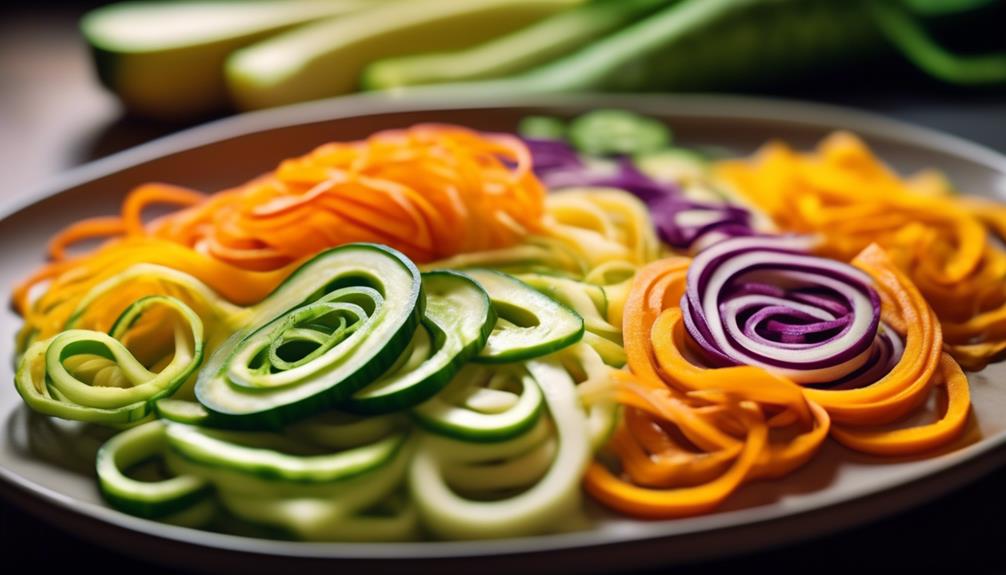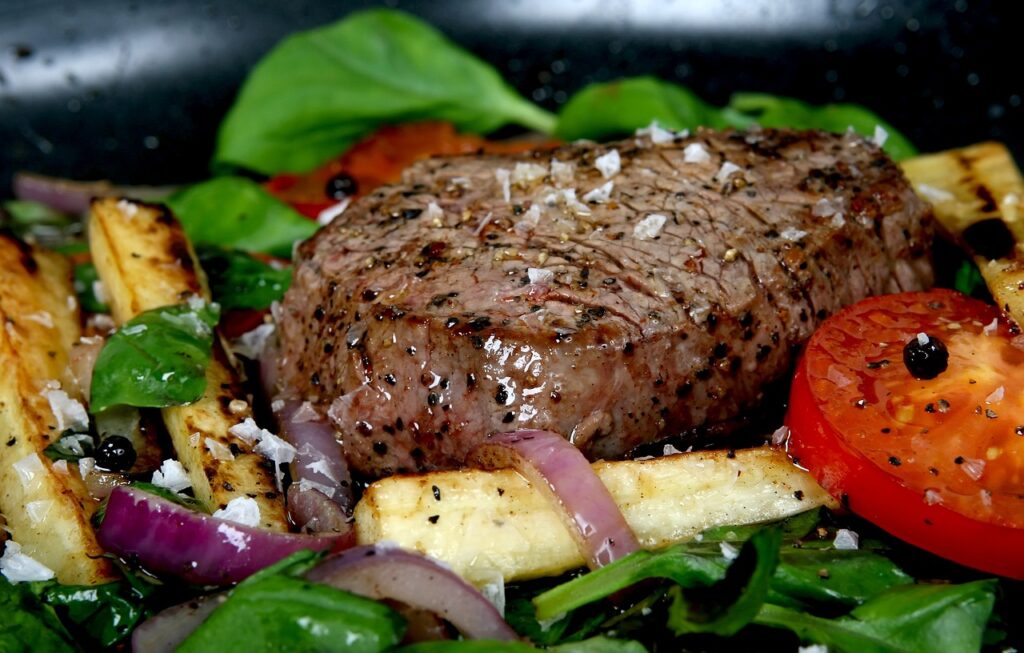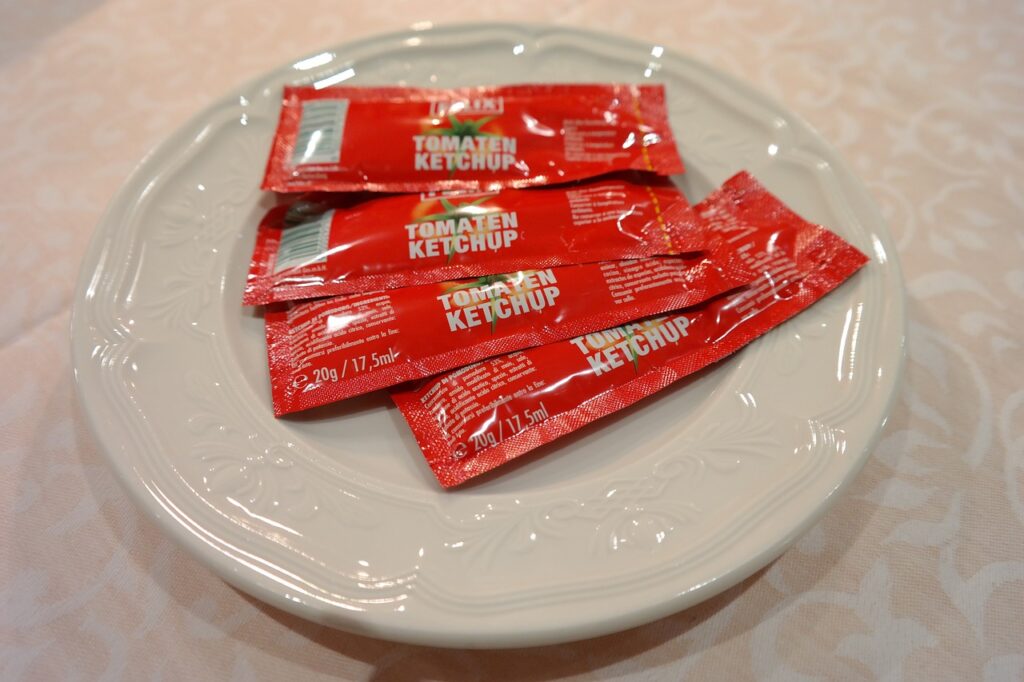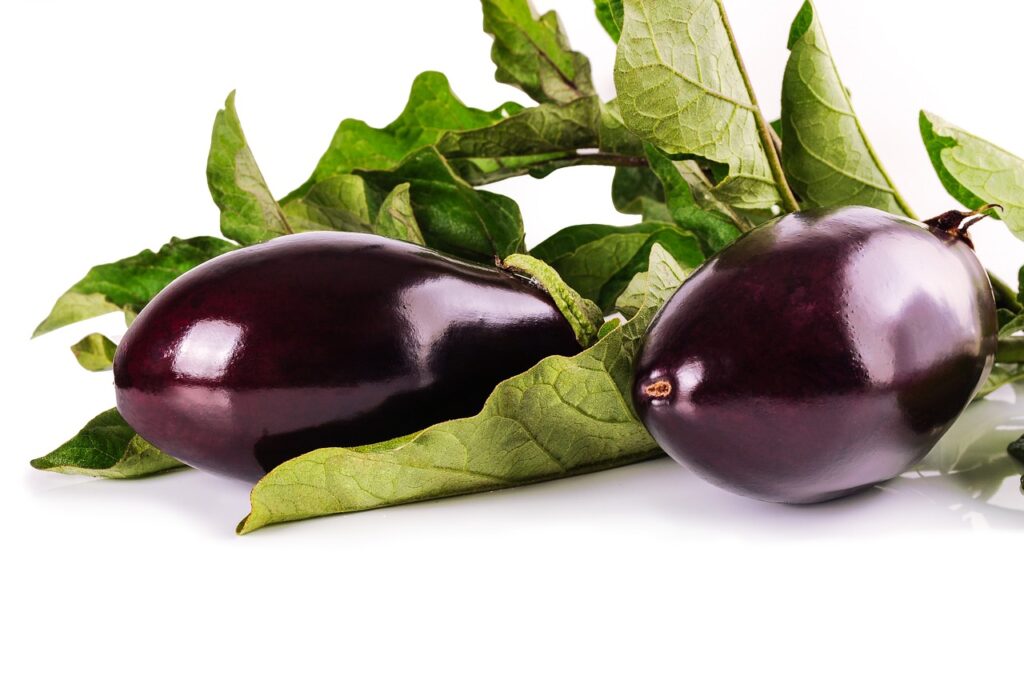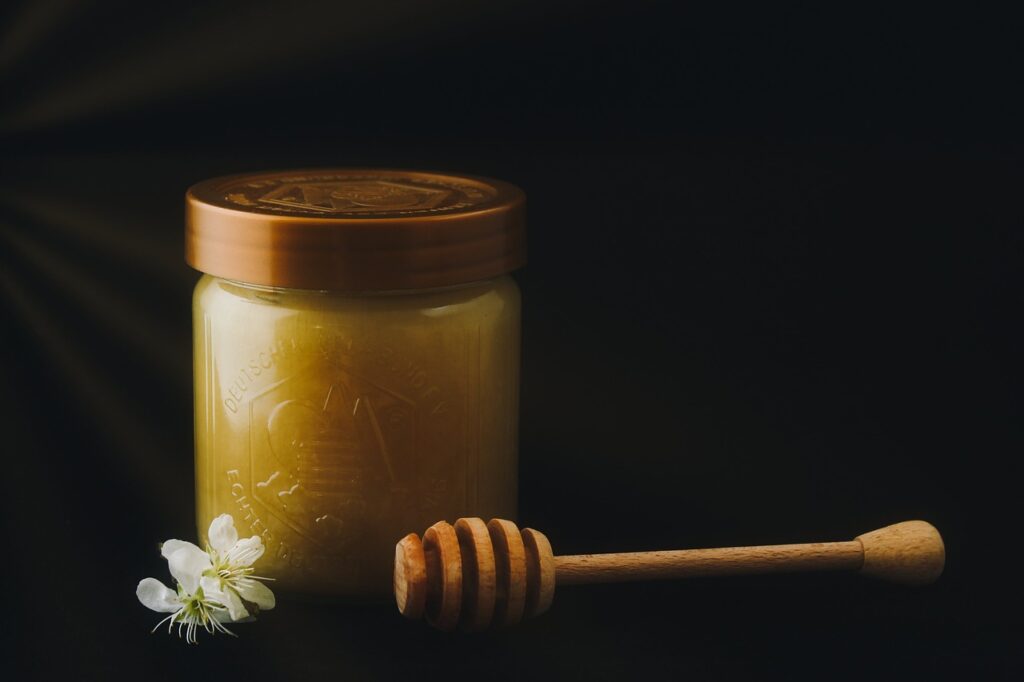Are you tired of feeling guilty about indulging in your favorite pasta dishes? Well, you're not alone. In fact, statistics show that over 60% of Americans are actively trying to reduce their carbohydrate intake.
But fear not, there is a solution that allows you to enjoy your favorite noodle dishes without the guilt. In this article, we will explore eight of the best low-carb keto noodle alternatives that will satisfy your cravings and keep you on track with your health goals.
So, if you're ready to discover some innovative and delicious alternatives to traditional noodles, keep reading to find out more.
Shirataki Noodles
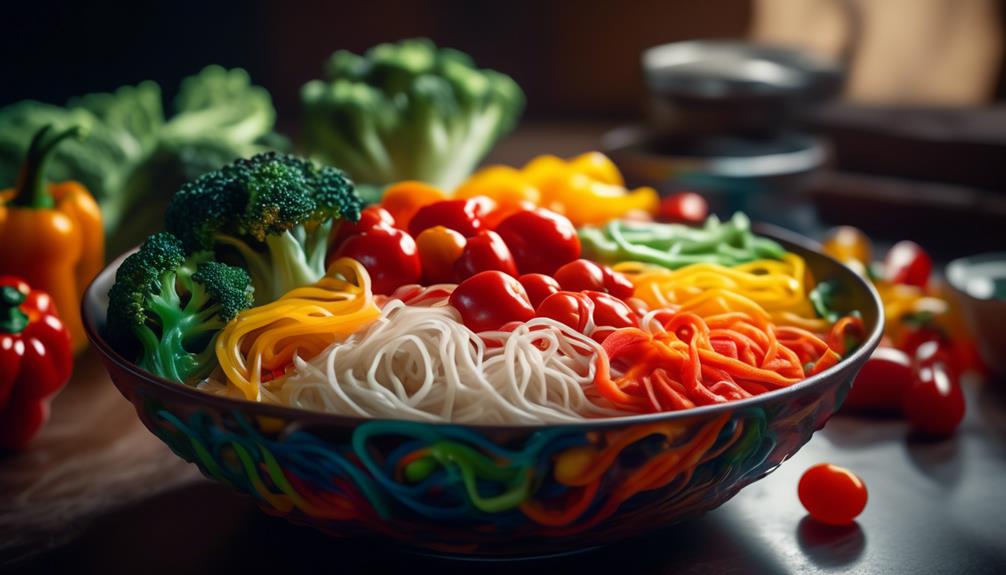
Shirataki noodles, a popular low-carb keto noodle alternative, are made from the konjac plant and provide a satisfying and nutritious option for those following a carb-restricted diet. These noodles have gained popularity due to their unique texture and versatility in various recipes.
Shirataki noodles are virtually carb-free, making them an excellent choice for individuals on a ketogenic or low-carb diet. One of the key benefits of shirataki noodles is their low calorie and carbohydrate content. A typical serving of shirataki noodles contains only a few calories and virtually no digestible carbohydrates. This makes them an ideal choice for those looking to reduce their calorie intake or manage their blood sugar levels.
In addition to being low in calories and carbs, shirataki noodles are also a good source of fiber. The fiber found in these noodles can help promote feelings of fullness and aid in digestion. It can also be beneficial for individuals looking to maintain a healthy weight and support a healthy gut.
When it comes to cooking, shirataki noodles are incredibly versatile. They can be used in a variety of dishes, including stir-fries, soups, and salads. Many shirataki noodle recipes are available online, providing endless options for incorporating these noodles into your meals.
Zucchini Noodles (Zoodles)
Zucchini noodles, also known as zoodles, are a delicious and nutritious alternative to traditional pasta, offering a low-carb and gluten-free option for those following a ketogenic or low-carb diet.
Zucchini noodles can be easily made by using a spiralizer or a julienne peeler to create long, thin strands that resemble spaghetti. One of the benefits of zucchini noodles is their low-carb content. While regular pasta is high in carbohydrates, zucchini noodles contain only a fraction of the carbs, making them a great choice for those watching their carb intake.
Additionally, zucchini noodles are packed with essential nutrients. They're a good source of vitamins A and C, as well as potassium and fiber.
Zucchini noodles are also incredibly versatile and can be used in a variety of dishes. From stir-fries to salads, zucchini noodles can be a tasty and healthy addition to any meal. There are numerous zucchini noodle recipes available online, allowing you to explore different flavors and combinations.
Whether you're looking to reduce your carb intake or simply add more vegetables to your diet, zucchini noodles are a fantastic option.
Spaghetti Squash

Spaghetti squash is a versatile low-carb noodle alternative that's easy to cook. It offers several health benefits, including being low in calories and high in fiber, vitamins, and minerals.
You can use spaghetti squash as a substitute in various recipes, such as spaghetti squash carbonara or spaghetti squash with marinara sauce, for a satisfying and nutritious meal.
Cooking Spaghetti Squash
To prepare a delicious low-carb alternative to traditional pasta, begin by cooking a spaghetti squash. Here are three cooking techniques to help you make the most of this nutritious vegetable:
- Roasting: Cut the squash in half lengthwise, scoop out the seeds, and place it cut-side down on a baking sheet. Roast in the oven for about 40-50 minutes at 400°F until the flesh is tender and easily scraped into spaghetti-like strands.
- Steaming: Cut the squash in half lengthwise, scoop out the seeds, and place it in a steamer basket over boiling water. Steam for about 20-30 minutes until the flesh is soft and can be scraped into noodles.
- Microwaving: Pierce the whole squash with a fork, then microwave it on high for about 10-15 minutes until it's tender. Let it cool slightly before cutting it in half, removing the seeds, and scraping out the flesh.
Spaghetti squash isn't only low in carbs but also a good source of fiber, vitamin C, and potassium. Enjoy it as a guilt-free pasta substitute in your favorite dishes.
Health Benefits of Spaghetti Squash
With its low carb content and abundance of nutrients, spaghetti squash offers numerous health benefits. This versatile vegetable isn't only a great substitute for traditional pasta but also packs a nutritional punch.
One of the key benefits of spaghetti squash is its high fiber content, which promotes healthy digestion and can aid in weight management. Additionally, it's rich in vitamins C and A, which are essential for a strong immune system and healthy skin. Spaghetti squash is also a good source of potassium, which helps regulate blood pressure and supports heart health.
With its mild flavor and noodle-like texture, spaghetti squash can be used in various recipes, making it a delicious and nutritious addition to your low-carb or keto diet.
Recipes Using Spaghetti Squash
A variety of delicious and healthy recipes can be created using spaghetti squash as a versatile and flavorful alternative to traditional pasta. Here are three exciting cooking techniques and flavor combinations to try with spaghetti squash:
- Spaghetti Squash Carbonara: Roast the spaghetti squash and then toss it with a creamy sauce made from eggs, Parmesan cheese, and crispy bacon. This dish is a low-carb twist on the classic carbonara recipe.
- Spaghetti Squash Pad Thai: Cook the spaghetti squash and stir-fry it with shrimp, tofu, bean sprouts, and a tangy sauce made from lime juice, fish sauce, and peanut butter. This dish offers a healthy and low-carb take on the popular Thai dish.
- Spaghetti Squash Primavera: Bake the spaghetti squash and mix it with sautéed vegetables like bell peppers, zucchini, and cherry tomatoes. Add a sprinkle of fresh herbs and a drizzle of olive oil for a light and refreshing pasta alternative.
These recipes showcase the versatility of spaghetti squash and provide a delicious way to enjoy a low-carb meal.
Cabbage Noodles
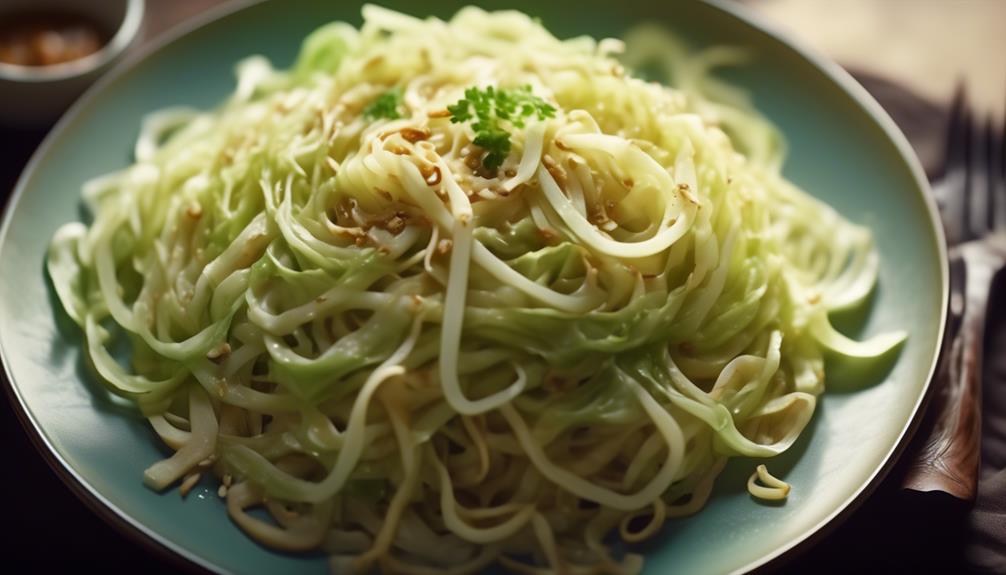
Cabbage noodles offer a low-carb and keto-friendly alternative to traditional pasta options. They can be made by simply cutting cabbage into thin ribbons or using a spiralizer. Cabbage noodle recipes are versatile and can be used in a variety of dishes, such as stir-fries, soups, and salads.
In addition to being low in carbs, cabbage noodles have several nutritional benefits. Cabbage is rich in vitamins C and K, as well as fiber. It's also a good source of antioxidants, which can help reduce inflammation and protect against chronic diseases. Cabbage is low in calories and high in water content, making it a great choice for weight management.
To make cabbage noodles, start by removing the outer leaves of the cabbage and cutting it into thin strips. You can blanch the noodles in boiling water for a few minutes to soften them, or you can simply sauté them in a pan with some olive oil until tender. Then, use them as a substitute for regular noodles in your favorite dishes.
Kelp Noodles
Kelp noodles provide a nutritious and low-carb alternative to traditional pasta options. These noodles, made from the sea vegetable kelp, aren't only delicious but also packed with health benefits. Here are three reasons why you should consider incorporating kelp noodles into your low-carb keto diet:
- Low in carbs and calories: Kelp noodles are extremely low in carbohydrates, making them an excellent choice for those following a low-carb or keto diet. With only 1 gram of net carbs per serving, they're a great way to satisfy your pasta cravings without derailing your diet.
- Rich in nutrients: Kelp noodles are a good source of essential vitamins and minerals, including iodine, calcium, and iron. Iodine is crucial for proper thyroid function, while calcium and iron are important for bone health and oxygen transport, respectively.
- Versatile and easy to prepare: Kelp noodles can be used in a variety of dishes, from stir-fries to salads. They've a neutral taste and a slightly crunchy texture, which allows them to absorb the flavors of the ingredients they're cooked with. There are also numerous kelp noodle recipes available online, offering endless possibilities for delicious and healthy meals.
Incorporating kelp noodles into your low-carb keto diet not only provides a satisfying alternative to traditional pasta but also offers a range of health benefits. Experiment with different recipes and enjoy the versatility of this nutritious noodle option.
Eggplant Noodles
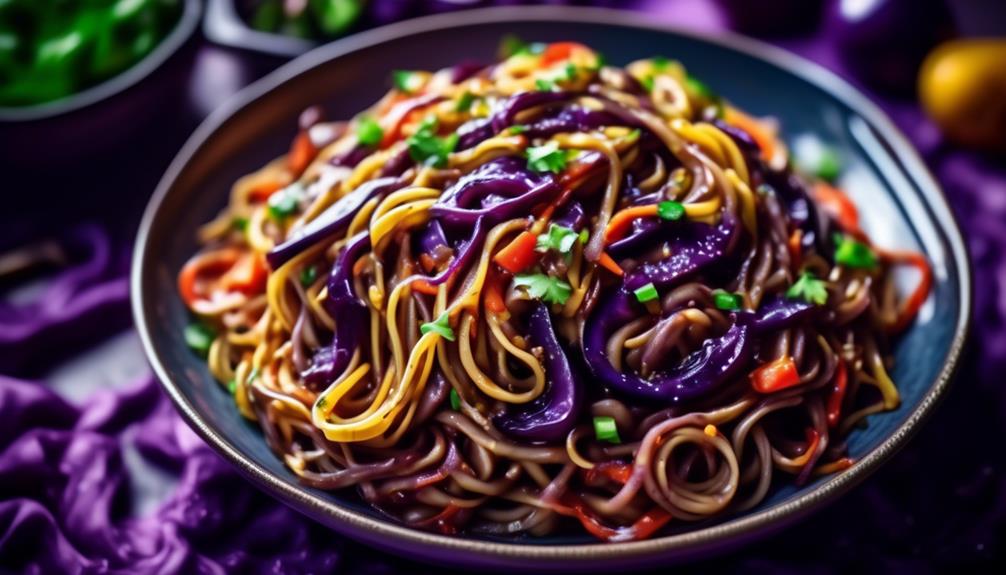
Eggplant noodles aren't only a low-carb keto-friendly alternative to traditional pasta but also offer numerous health benefits.
Eggplants are rich in antioxidants, vitamins, and minerals that promote heart health, lower blood pressure, and aid in digestion.
To cook eggplant noodles, simply slice the eggplant into thin strips, season with salt to draw out moisture, and sauté or bake until tender.
Health Benefits of Eggplant
Rich in nutrients and packed with fiber, eggplant noodles offer a healthy and delicious alternative to traditional carb-heavy options. Here are three reasons why you should consider incorporating eggplant noodles into your diet:
- Low in Calories: Eggplant noodles are a low-calorie option compared to traditional pasta, making them ideal for weight management. One cup of cooked eggplant noodles contains only about 20 calories, while the same amount of cooked pasta can have over 200 calories.
- High in Fiber: Eggplant noodles are an excellent source of dietary fiber, which promotes digestion and helps you feel fuller for longer. A cup of eggplant noodles provides around 4 grams of fiber, contributing to your daily recommended intake.
- Rich in Antioxidants: Eggplants are packed with antioxidants, particularly anthocyanins, which give them their vibrant purple color. These antioxidants help protect your cells from damage caused by harmful free radicals.
Incorporating eggplant noodles into your meals is a nutritious way to enjoy a low-carb alternative while reaping the health benefits of eggplant.
Cooking Tips for Eggplant
When incorporating eggplant noodles into your meals, it's important to keep in mind a few cooking tips to ensure the best texture and flavor.
To start, consider using roasting techniques to bring out the natural sweetness of the eggplant. Preheat your oven to 400°F (200°C) and slice the eggplant into thin strips. Toss the strips with olive oil, salt, and pepper, then spread them out on a baking sheet. Roast for about 20 minutes or until they're tender and slightly browned. This method helps to remove excess moisture and enhances the flavor of the eggplant noodles.
Additionally, when it comes to flavor pairings, eggplant pairs well with ingredients like garlic, tomatoes, basil, and Parmesan cheese. These combinations can add depth and complexity to your eggplant noodle dishes.
Cauliflower Rice
To incorporate a low-carb alternative to traditional noodles, cauliflower rice provides a versatile and nutritious option. Here are three reasons why cauliflower rice is a fantastic choice for your low-carb keto lifestyle:
- Versatility: Cauliflower rice can be used in a variety of recipes, making it a versatile ingredient in your kitchen. From stir-fries to risottos, cauliflower rice can easily replace traditional rice or pasta, reducing the carb content while still providing a satisfying texture.
- Low in Carbs: One of the main benefits of cauliflower rice is its low carbohydrate content. Compared to regular rice, cauliflower rice contains significantly fewer carbs, making it an excellent choice for those following a low-carb or keto diet.
- Nutrient-rich: Cauliflower is packed with essential nutrients, including vitamin C, vitamin K, and folate. By incorporating cauliflower rice into your meals, you not only reduce the carb intake but also increase your nutrient intake.
To enjoy the benefits of cauliflower rice, try out some delicious recipes like cauliflower fried rice, cauliflower risotto, or even cauliflower pizza crust. By swapping out traditional noodles for cauliflower rice, you can still enjoy your favorite dishes while maintaining a low-carb lifestyle.
Butternut Squash Noodles
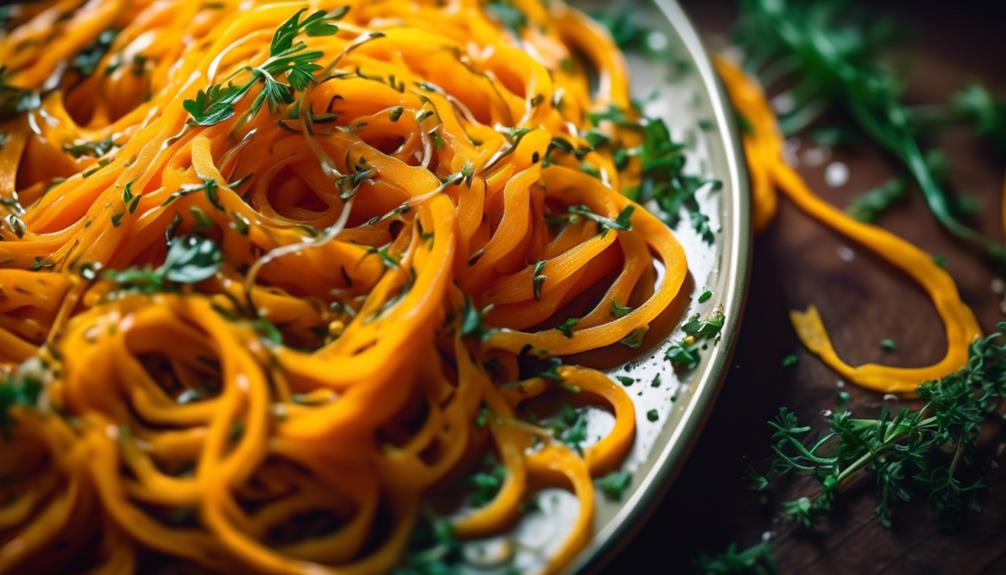
If you're looking for another low-carb alternative to traditional noodles, consider trying butternut squash noodles. Butternut squash is a versatile vegetable that can be spiralized into thin, pasta-like strands. These noodles aren't only delicious but also have several benefits when incorporated into a keto diet.
One of the main advantages of using butternut squash noodles in a keto diet is their low carbohydrate content. Unlike traditional wheat-based noodles, butternut squash noodles are much lower in carbs, making them a suitable choice for those following a low-carb or ketogenic eating plan. They can help you stay in ketosis while still enjoying a satisfying pasta-like dish.
Another benefit of butternut squash noodles is their nutrient density. Butternut squash is rich in vitamins A and C, which are important for immune function and overall health. Additionally, it contains fiber, which can help promote healthy digestion and keep you feeling fuller for longer.
Butternut squash noodles can be used in a variety of recipes, making them a versatile addition to your keto meal repertoire. Whether sautéed with garlic and olive oil or tossed with a creamy Alfredo sauce, these noodles can satisfy your pasta cravings while keeping your carb intake in check.
Conclusion
In conclusion, when following a low-carb or keto lifestyle, there are plenty of delicious noodle alternatives to choose from. One interesting statistic to note is that shirataki noodles, which are made from konjac flour, contain zero net carbs and are incredibly low in calories.
This makes them a popular choice for those looking to reduce their carbohydrate intake while still enjoying a satisfying noodle dish.
With a variety of options available, you can easily explore and incorporate these alternatives into your diet for a healthier and carb-conscious meal.

